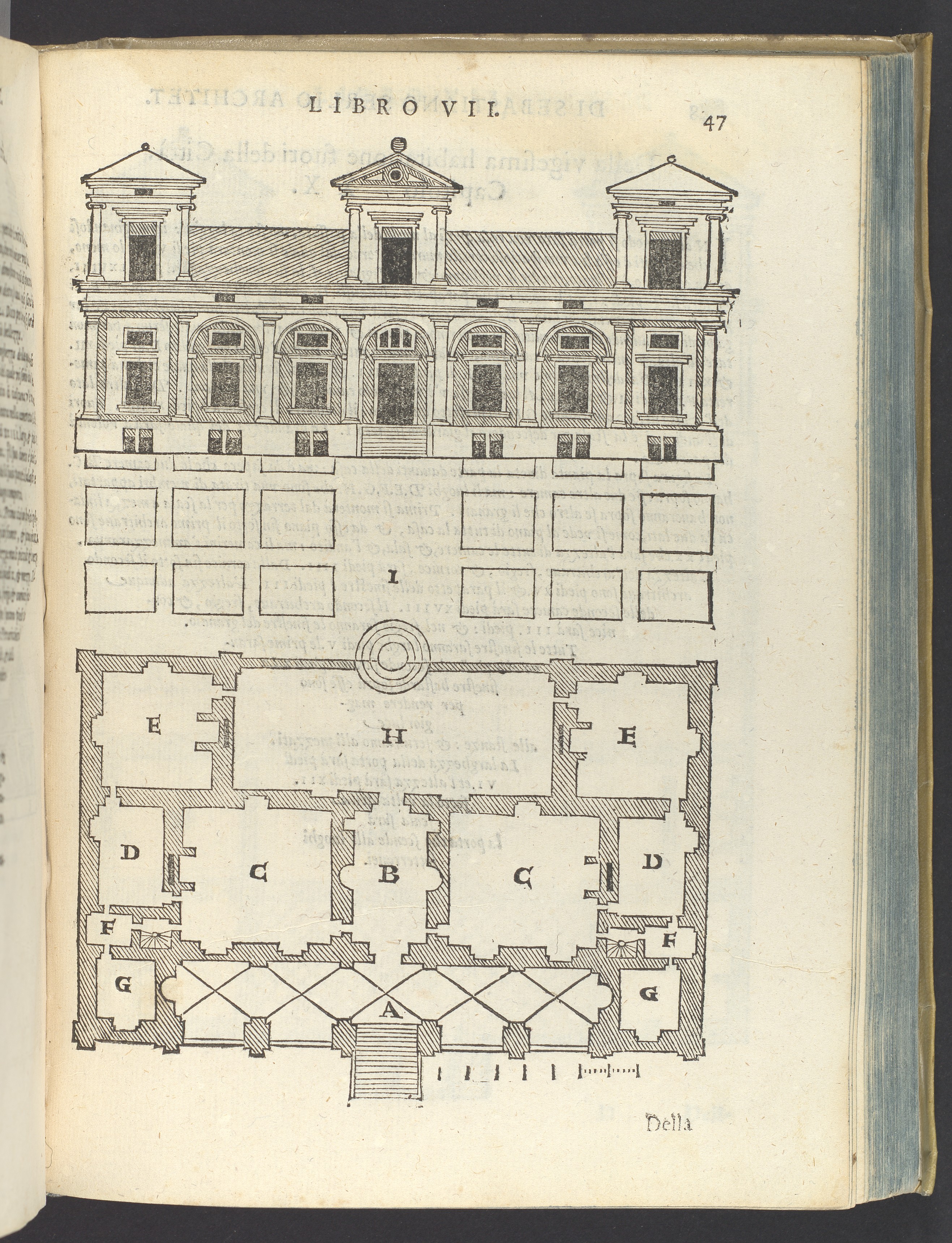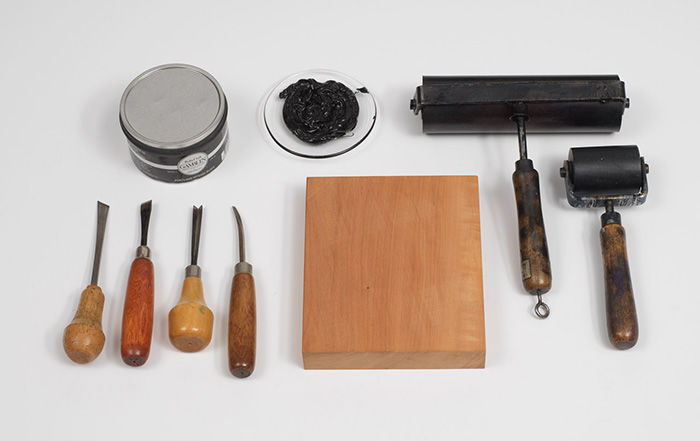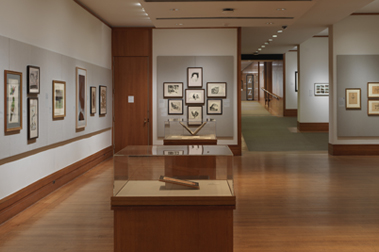Tutte l'opere d'architettura
Author Sebastiano Serlio Italian
Publisher Francesco de' Franceschi Italian
Not on view
As the first practical and fully illustrated "handbook" of architecture including plans and elevations, Serlio's work, begun in 1537 and published book by book, had a profound impact on the development of Renaissance architecture. In the seventh book, on "Miscellenea" or "Accidenti" (1584), containing a section on villas, Serlio divided his designs into buildings in the city and those in the countryside. Unlike Palladio, he offered different designs for private dwellings distinguishing between various socioeconomic levels in society, a principle worked out in further detail in his unpublished sixth book on domestic architecture (the completed manuscript of which is kept in the Avery Library at Columbia University, New York).
Libro Estraordinaria, p. 17, Rustic Gate, "Questa porta rien del Dorico del Corinthio, del Rustico...":
Serlio's Libro estraordinario, the sixth book in this first edition of his complete works, deals with the design of gateways. His model for a dramatic rustic gate on Page 17 of Book 6 is quite unusual in that it breaks all the rules of classical architecture, including the order of columns and principles of decoration. Inspired by the often eccentric designs of contemporary Mannerist architecture, Serlio combined rough elements with the more traditional treatment of the Doric order to stress the difference between nature and artifice. Entirely appropriate to the entry of a villa-park, his gate is designed in a heavy rustic manner with a touch of brutishness, which Serlio called bestiale, underlined by the bulls' heads set in the cornerstones of the archway.
Libro VII, p. 47, "Della undecima casa fuori della città Capitolo XIX.":
The print on Page 47 of Book 6 depicts Serlio's project for a "casa fuori della città" or villa for the wealthy patron on the outskirts of the city. The villa has a perfect square plan with a large courtyard at the center and in front. The villa's front elevation, shown here, consists of an open gallery flanked by pavilions. Serlio specifically stressed the importance of open loggias instead of closed facades in houses "alla campagna," since they provide easy access to the outdoors and delightful prospects of the natural surroundings.
This image cannot be enlarged, viewed at full screen, or downloaded.
This artwork is meant to be viewed from right to left. Scroll left to view more.




